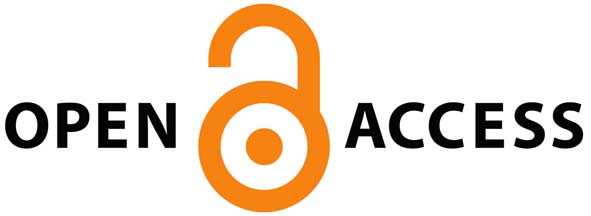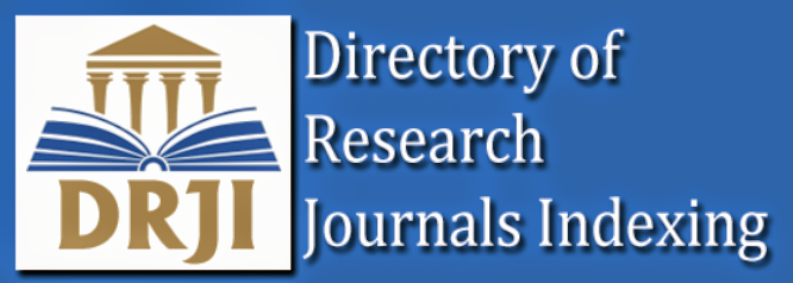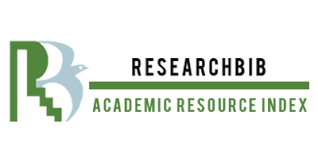| Fibrosis-4 index is related to left atrial volume index in patients with acute coronary syndrome | |
| DOI: 10.5606/e-cvsi.2025.1789 | |
| Hüseyin Durak1, Mustafa Çetin1, Elif Ergül1, Ahmet Özsipahi1, Ahmet Yasin Tuncer1, Barış Dindar2, Ahmet Seyda Yılmaz1 | |
|
1Department of Cardiology, Recep Tayyip Erdoğan University Faculty of Medicine, Rize, Türkiye 2Department of Cardiology, Uşak University Faculty of Medicine, Uşak, Türkiye |
|
| Keywords: Acute coronary syndrome, fibrosis-4 index, left atrial volume index | |
Objectives: This study aims to evaluate the predictive value of fibrosis-4 (FIB-4) index and left atrial (LA) indices in patients with acute
coronary syndrome (ACS).
Results: Among a total of 300 patients, 25.6% (n=77) were diagnosed with ST-elevation myocardial infarction (STEMI), 54% (n=162)
with non-STEMI (NSTEMI), and 20.3% (n=61) with unstable angina pectoris (USAP). The FIB-4 index was positively associated with
the LAVI (odds ratio [OR]=6.419; 95% confidence interval [CI]: 1.505-27.38; p=0.012). In addition, elevated FIB-4 index could predict
a LAVI of ≥34 mL/m2 (area under the curve [AUC]: 0.705, p<0.001).
Conclusion: An elevated FIB-4 index is correlated with increased LAVI scores, which may serve as a well-established indicator of adverse
outcomes and a reliable measure of cardiovascular risk in patients with ACS. |
|





















